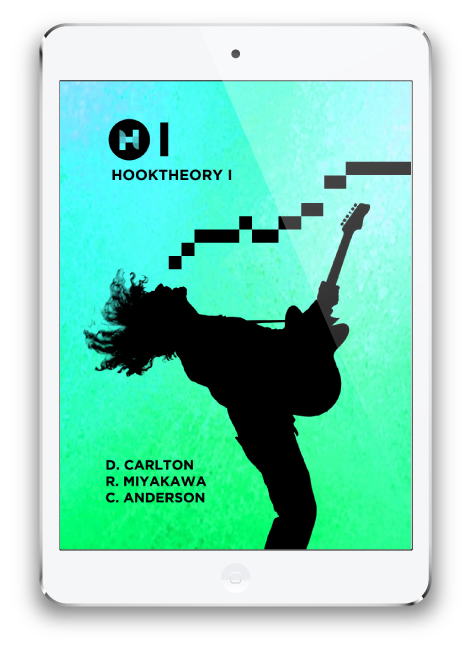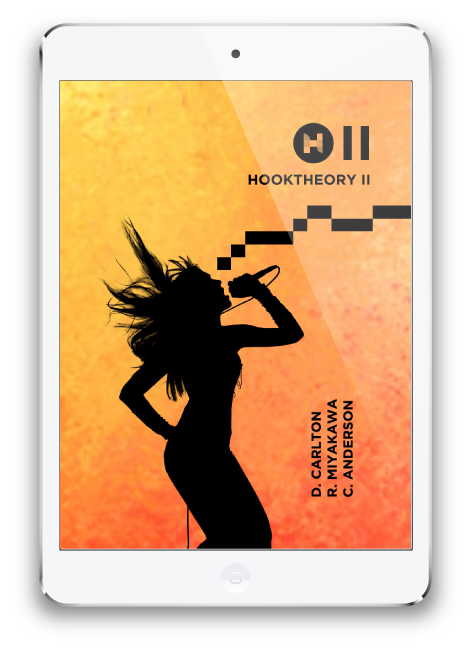Hooktheory vs. Other Books
Hooktheory

Written in an easy-to-understand music format that emphasizes chord and melody function.
Other Books
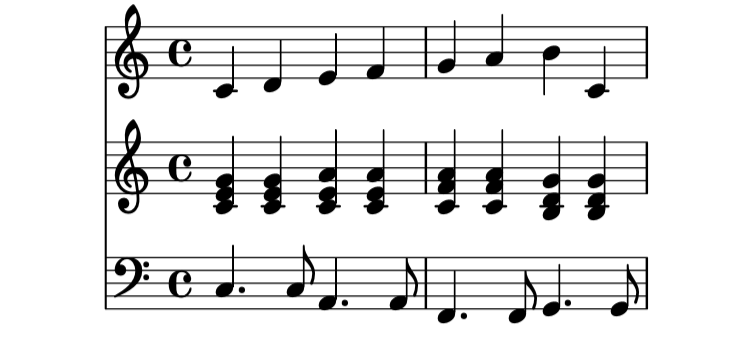
If you don’t read sheet music, you’re out of luck. Also, sheet music really isn’t great for teaching how music works.
Hooktheory
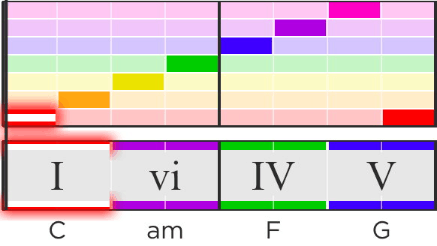
Rich audiovisual animations that play along as you learn.
Other Books
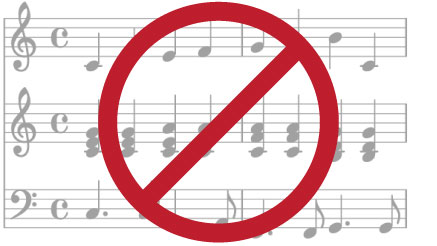
No sound. No video.
Hooktheory

Popular Artists
Discover the tactics used by popular artists from the past and present. Together, we will dissect 324 popular songs and show you how the pros do it.
Other Books

J. S. Bach
Song examples you probably aren’t interested in.
Hooktheory

Learn and immediately practice concepts and tactics with our accompanying musical sketchpad, Hookpad.
Other Books

No other music teaching book has anything like this.
